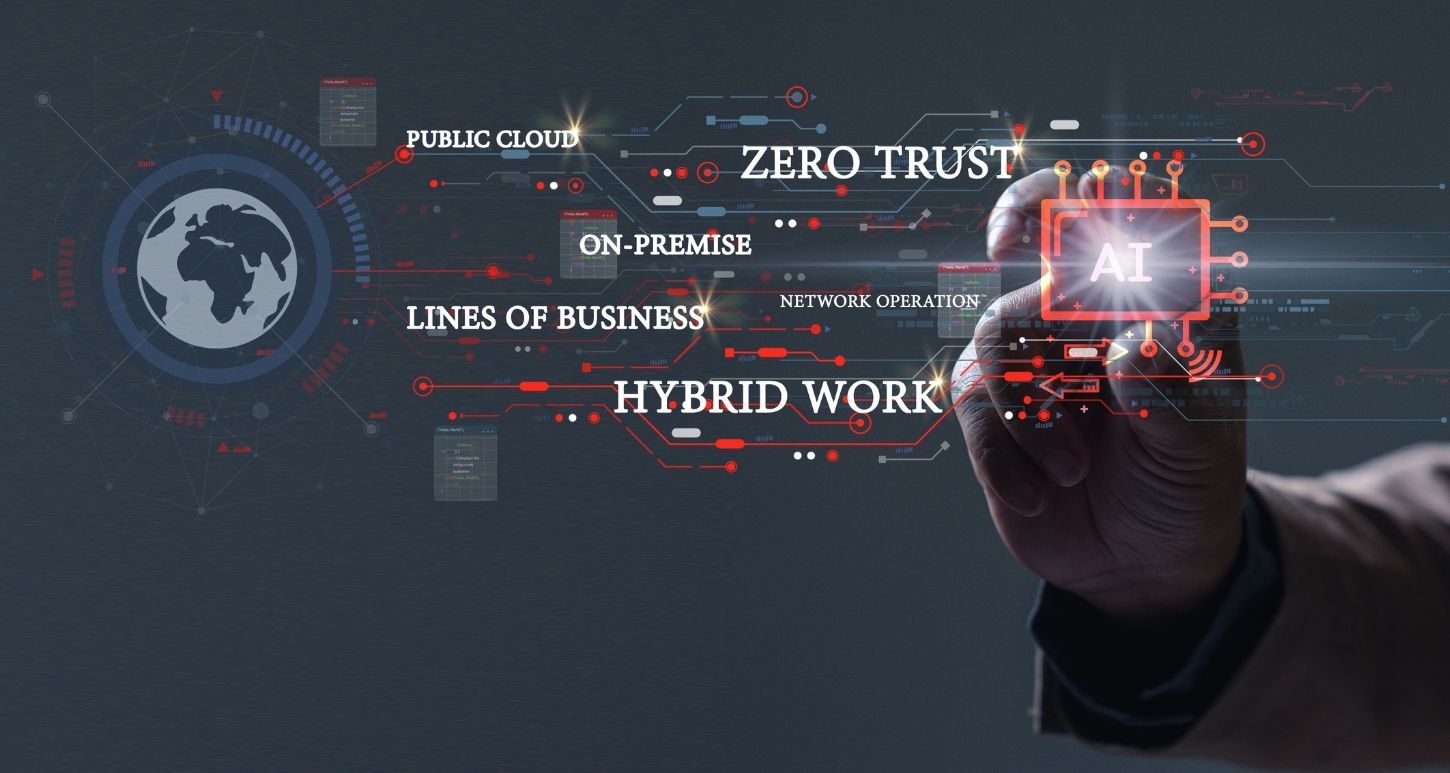By Richard Arneson
Gen X, Gen Y, NextGen, 5G, 4G…if you could buy stock in the number of ways Gen has been used, I’d be the first to reach for my checkbook. Here’s another one, and may possibly be the most important―Gen V.
Gen V is what Checkpoint, a 25-year-old leading provider of cyber security solutions, dubbed the latest generation of cyber threats. Just yesterday, in fact, there were over 12 million attacks…and that wasn’t even an outrageously intense day in the cyber threat world. You can get more details at ThreatCloud, Checkpoint’s worldwide threat map. It’s fascinating, but bone-chilling scary when you see the threat totals at the upper left.
To fully understand Gen V, you might find it useful to learn about Gen’s I through IV
Gen I
Remember how awesome it was to have you own PC, only to have that excitement spoiled, at least somewhat, once your learned about hackers? The bad guys launched viruses, and the nascent IT security industry returned serve with anti-virus products. Simple enough.
Gen II
Once the Internet became as much a part of lives as central heat and air, the hackers followed suit. The Internet allowed them to communicate better, collect information easier, and raise the stakes to benefit financially. Gen II allowed maliciousness to reach a much broader audience by ushering in software that could be launched corporate-wide. A single, infected PC would result in widespread, crippling infections. Security vendors responded with intrusion detection systems (IDS) and firewalls.
Gen III
Not surprisingly, attackers eventually found a way to breach those firewalls and intrusion detection systems and did so, in part, by becoming experts at analyzing victims’ software and networks. This resulted in the IT industry determining that a more active, less reactive, approach to security was needed. For instance, Checkpoint began to focus on better preventative measures and launched their IPS (intrusion prevention systems) products.
Gen IV
With Gen IV, threats became more sophisticated and resulted in everything from breaches that exposed personal information to national security threats, including―gulp!― international espionage. Gen’s II and III resulted in better inspection of traffic but failed to inspect and validate content that could be included in emails and downloads. Checkpoint responded with sandboxing and anti-bot products that beautifully addressed this new level of maliciousness, including zero-day attacks, which refer to flaws that organizations didn’t even know existed. They’re called zero-day attacks because they can be exploited immediately, providing victims zero time to create and load necessary patches to address vulnerabilities.
Gen V Attacks―when the bad guys bring out the big guns
If Gen I through IV attacks are guns, tanks and rocket-propelled grenades, Gen V represents bombs of the atomic or nuclear variety. Wide-scale infection and destruction ensues from Gen V attacks, as blistering, multi-vector attacks are covertly leaked and launched. The resultant casualties can number into the millions, as prior Gen tools and product sets prove no match for this new, heightened level of digital evil. Checkpoint determined that security needed a more integrated and unified approach to security. They developed a unified architecture with an even higher level of advanced threat protection, and included the sharing of real-time threat intelligence. Their Gen V security solutions address customers’ mobile devices, their use of the Cloud, remote offices, even virtual endpoints.
The Security Check-Up
GDT’s July 17th blog entitled Rx for IT Departments: a Security Check-Up addresses the importance of conducting a security check-up for your organization. To dovetail with that, Checkpoint provides an online security tool called CheckMe. It runs simulations to test the security of your network and its endpoints, including your organization’s use of the cloud and mobile devices. And it comes at the perfect price of free!
Call on the security solutions experts
GDT’s tenured and highly certified security professionals are experienced at implementing managed security solutions, including those from premier partner Checkpoint. After years of working closely with Checkpoint, it comes as no surprise that they have been recognized for the 7th year in a row as a leader in Gartner’s annual Magic Quadrant for Unified Threat Management (UTM). For more IT security information, contact GDT’s security professionals at SOC@GDT.com. They’d love to hear from you.




